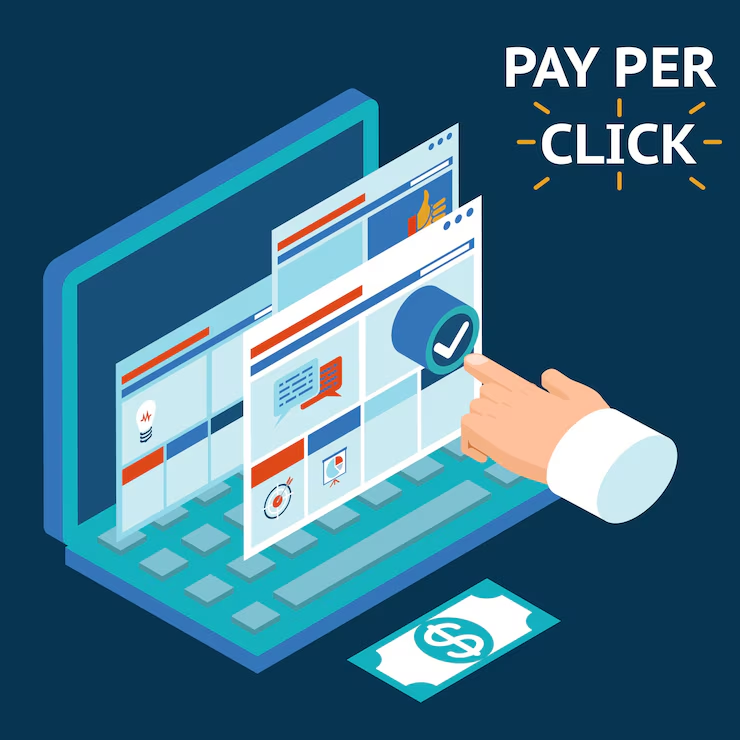
In the highly competitive world of online property searches, most real estate portals focus on the same two things: property listings and location filters. While these elements are essential, they’re no longer enough to stand out in a saturated digital market. Today’s users demand more—educational content, emotional storytelling, trust-building resources, and hyper-personalized insights.
For content marketers and agencies offering pay per click services or SEO solutions for real estate businesses, it’s critical to rethink content strategies to go beyond simple descriptions. The modern buyer or renter expects more than a price tag and pin on a map—they want guidance, relevance, and confidence.
So how do you write content for real estate portals that actually converts? Let’s break it down.
1. Focus on Buyer Intent, Not Just Location
Most real estate portals are organized around cities and neighborhoods. While this makes sense from a UX perspective, buyers don’t always search by geography alone. Many start with intent:
-
“Apartments with home office space”
-
“Homes near top-rated schools”
-
“Pet-friendly rentals with balconies”
👉 Actionable Tip:
Group properties into lifestyle-based or goal-based categories. Then create landing pages and blog content tailored to those needs.
Examples:
-
“Best Homes for Remote Workers in Bangalore”
-
“Top 2BHK Apartments for Young Families in Gurgaon”
This taps into real user problems—not just pin codes.
2. Build Helpful Local Guides
Real estate decisions are emotionally and financially significant. Users want to know more about the community than the construction details.
What they’re asking:
-
What schools are nearby?
-
How’s traffic during rush hour?
-
Are there parks, gyms, or cafes within walking distance?
-
What’s the safety record of this locality?
👉 Solution:
Create content clusters like:
-
“Living in [Neighborhood]: A Local’s Guide”
-
“Pros and Cons of Moving to [Area]”
-
“Commute Times from [Project Name] to Major Business Hubs”
This not only boosts SEO for long-tail queries but also improves time-on-site and builds trust.
3. Tell Stories, Not Just Features
A photo and bullet list of features won’t cut it anymore. People want to imagine their future in that home.
Example:
Instead of:
“2BHK, 950 sq ft, modular kitchen, gated community”Write:
“Wake up to sunrise views in your east-facing master bedroom, brew coffee in your sleek modular kitchen, and enjoy peaceful evenings in a child-friendly gated complex—just minutes from the metro.”
This makes the property feel lived-in, aspirational, and relatable.
4. Use SEO to Capture Long-Tail Buyers
Not everyone is searching “flats in Delhi.” Many users type:
-
“Ready-to-move-in homes under 50 lakhs in South Delhi”
-
“Studio apartments near Connaught Place metro”
-
“Best areas in Noida for bachelor accommodations”
👉 Use tools like:
-
Google Autocomplete
-
People Also Ask boxes
-
AnswerThePublic
Then create optimized content that targets those low-competition, high-intent phrases.
You can also pair this content with pay per click services targeting high-conversion keywords for better visibility and ROI.
5. Add Conversion-Focused Elements to Property Pages
Your writing should guide the visitor from interest to inquiry.
Don’t just describe a property—persuade them to take action.
Use:
-
Microcopy under CTAs: “Schedule a free site visit—no obligation.”
-
Social proof: “Booked by 17 families in the last 3 weeks.”
-
Urgency: “Last 2 units remaining in Tower B.”
Even FAQ sections and neighborhood highlights can increase trust and reduce bounce rates.
6. Humanize the Brand Voice
Too many real estate portals use stiff, impersonal language. If your content sounds like it was written by a property database—not a person—it won’t engage.
Instead:
-
Use an advisory tone: helpful, not pushy
-
Address the reader directly: “you” and “your family”
-
Avoid jargon: translate technical features into benefits
Example:
❌ “1.5-acre amenity zone”
✅ “Plenty of open green space for your morning jogs and weekend playtime with kids”
Conclusion: Elevate Your Content, Elevate Conversions
Real estate content must evolve from listings with specs to engaging narratives, local knowledge, and conversion-focused writing. Whether you’re working on blogs, landing pages, or email campaigns, your goal is to inform, inspire, and influence—not just describe.
When paired with smart targeting strategies like pay per click services, high-quality real estate content becomes a powerful growth driver. It builds authority, answers buyer questions, and most importantly, earns trust—before a single site visit is even booked.
If you’re building or revamping a real estate portal, now’s the time to go beyond listings and location. Go deeper, write smarter, and speak directly to the buyer’s needs.







